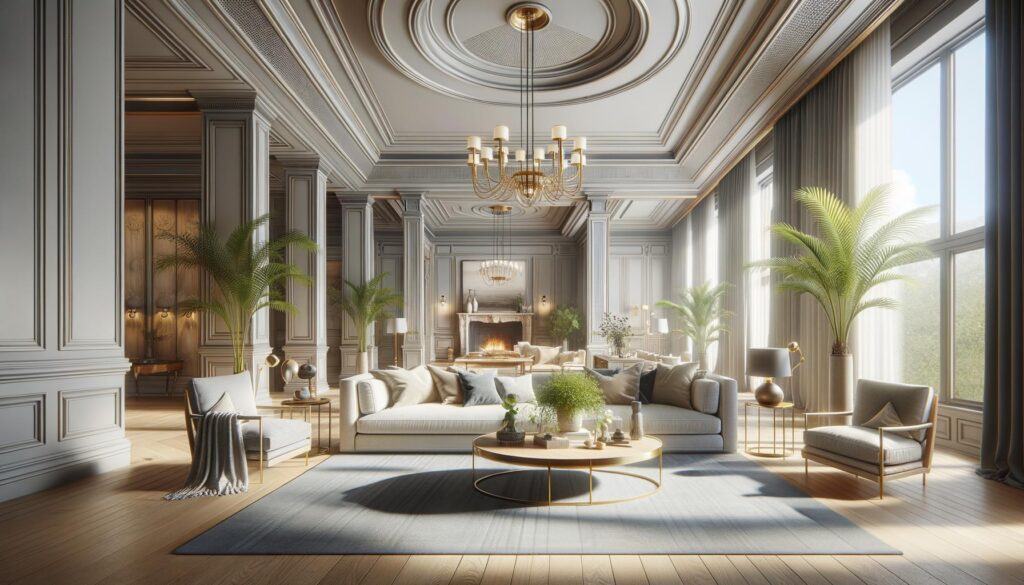A Comprehensive Guide to Interior Design

Understanding the Basics of Interior Design
Interior design is a multifaceted field that combines creativity with practical solutions to improve the aesthetic appeal and functionality of any space. At its core, interior design goes beyond mere decoration, requiring a deep understanding of architectural elements and the keen ability to leverage the spatial qualities of a room. Fundamental principles of interior design include balance, contrast, harmony, and rhythm. These principles guide designers in creating spaces where every element seamlessly fits into the overall aesthetic.
Choosing the Right Color Palette
One of the first steps in the interior design process is selecting a color palette that suits the intended mood and functionality of the space. Colors can profoundly impact how a room feels and functions, with certain hues evoking specific emotions or atmospheres. For instance, soft blues or greens can create a calming effect, ideal for bedrooms or study areas, while vibrant yellows and oranges might encourage interaction and liveliness in kitchen or dining spaces. When selecting colors, consider the natural light available, the purpose of the room, and the personal preferences of those using the space.
- Neutral colors can add versatility and elegance.
- Bolder colors are excellent for accents or feature walls.
- Consider using color theory for deeper psychological impact.
Furniture Selection and Placement
Choosing the right furniture is crucial for maximizing comfort and utility in your space. When selecting furniture, focus on both style and ease of use, ensuring that each piece aligns with the room’s overall design aesthetic and function. In smaller spaces, opt for multifunctional furniture that can adapt to various needs. Placement is equally important — aim for a layout that facilitates movement and interaction without overcrowding the room.
Consider the following when planning furniture arrangement:
- Ensure pathways are clear and intuitive.
- Balance large and small pieces for a cohesive look.
- Use furniture to define different functional areas within larger open spaces.
Incorporating Lighting Effectively
Lighting is a transformative design element that can change the ambiance and utility of a room. Effective lighting involves a mix of natural light, ambient lighting, task lighting, and accent lighting. For optimal results, layer different types of lighting to serve multiple purposes. Natural light should be maximized wherever possible, as it enhances mood and complements artificial lighting.
Key tips for lighting design include:
- Use dimmers to adjust lighting levels for different occasions.
- Accentuate architectural features or artwork with focused lighting.
- Evaluate energy efficiency in lighting choices to save costs.
The Role of Accessories in Design
Accessories are the finishing touch in interior design, adding personality and texture to your space. Rugs, cushions, artwork, and plants are versatile accessories that can introduce color or contrast while helping define a room’s style. When selecting accessories, ensure they complement the primary design elements such as furniture and color scheme. Overaccessorizing can lead to clutter, so aim for a balance that enhances rather than overwhelms the space.
Some useful tips for accessorizing include:
- Mix different textures to add depth.
- Rotate accessories seasonally for freshness.
- Use mirrors to reflect light and create an illusion of space.
Conclusion
Embarking on a journey of interior design offers a rewarding opportunity to transform your living or working environment into a reflection of personal style and functionality. While each design decision should be made with care and attention to detail, the outcome should ultimately be a harmonious space that meets your needs and enhances your everyday life. By blending aesthetics with practical considerations, you create spaces that are not only visually appealing but also comfortable and efficient to live in.
